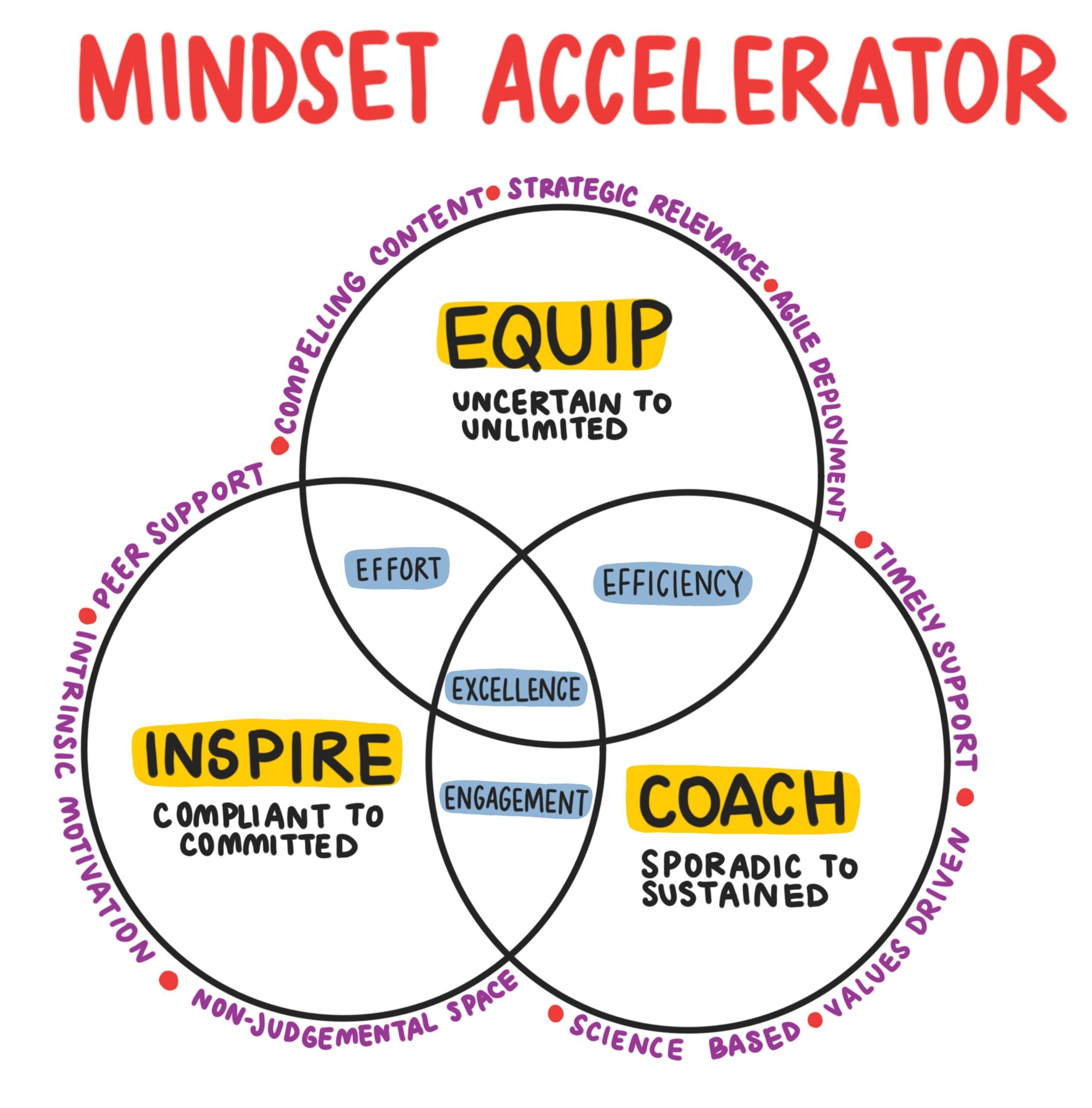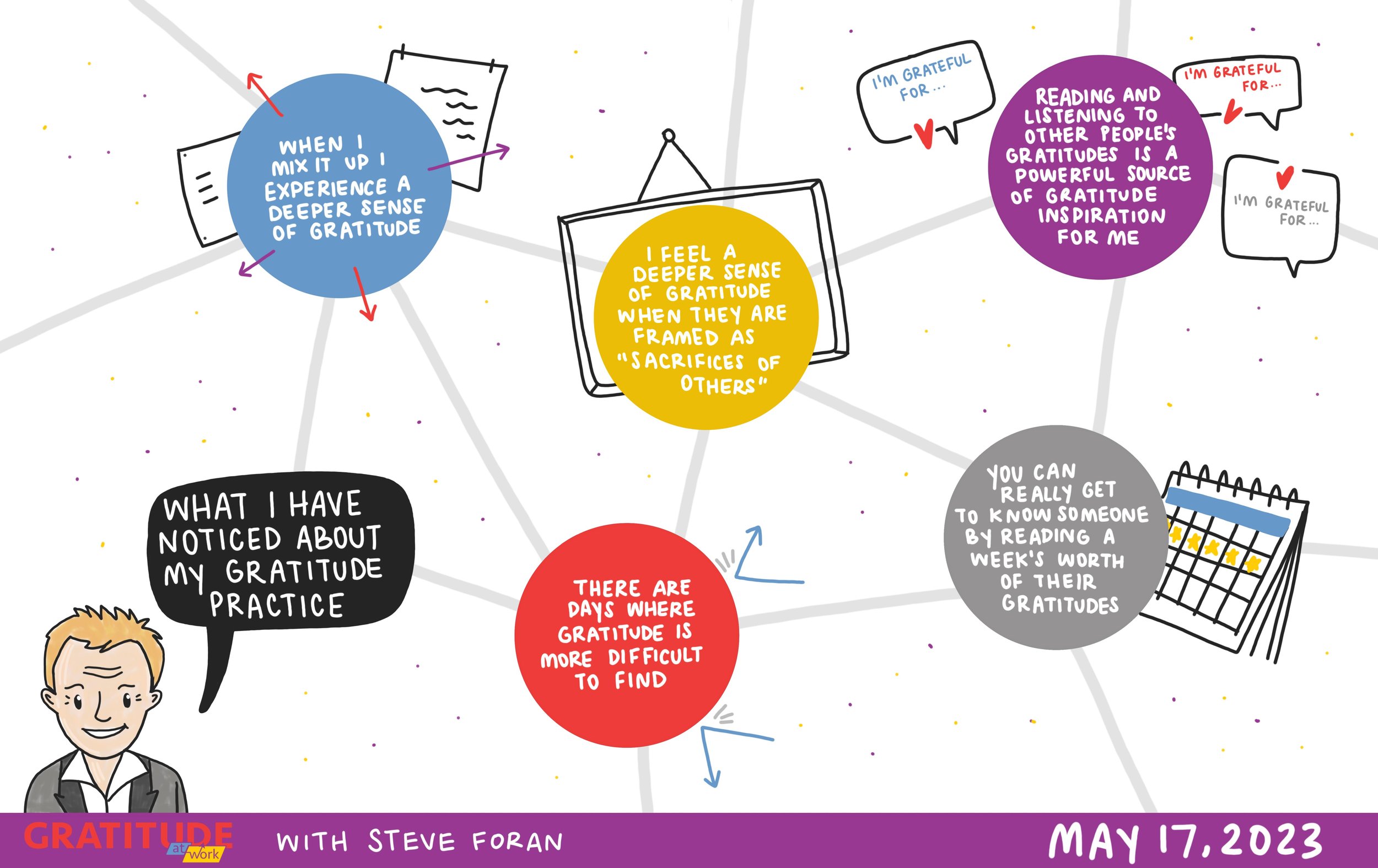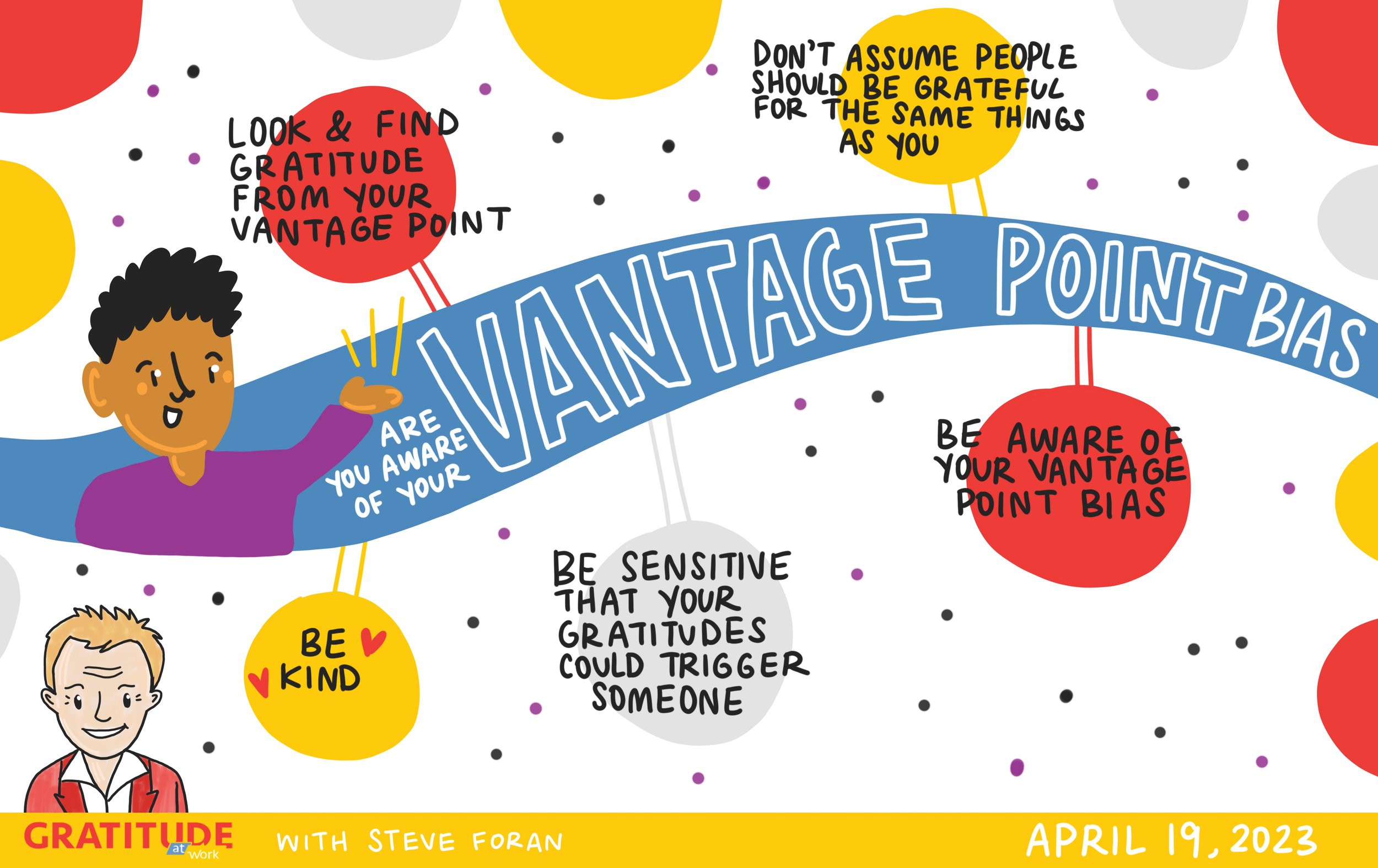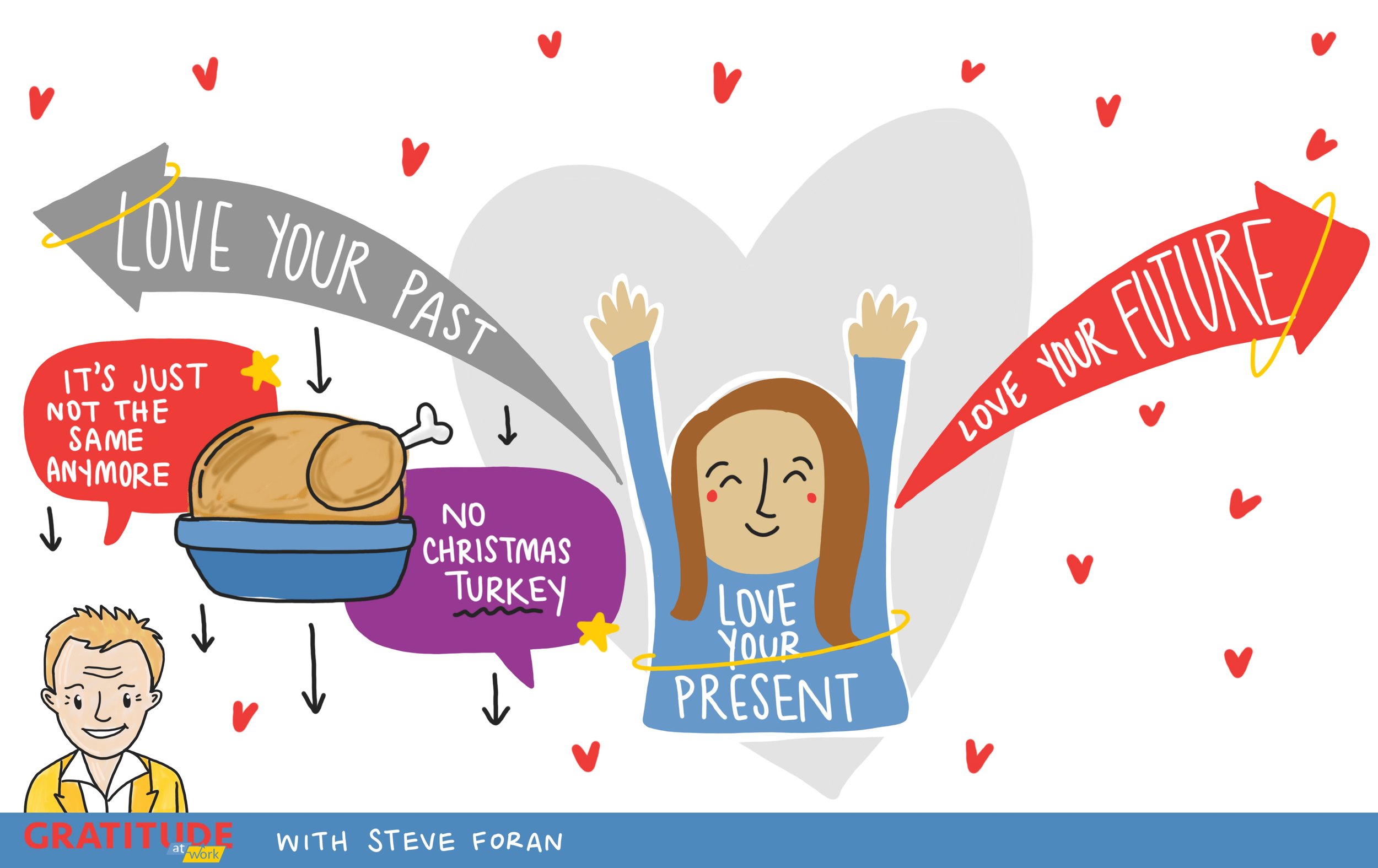Leadership: The Antidote to Complacency and Entitlement
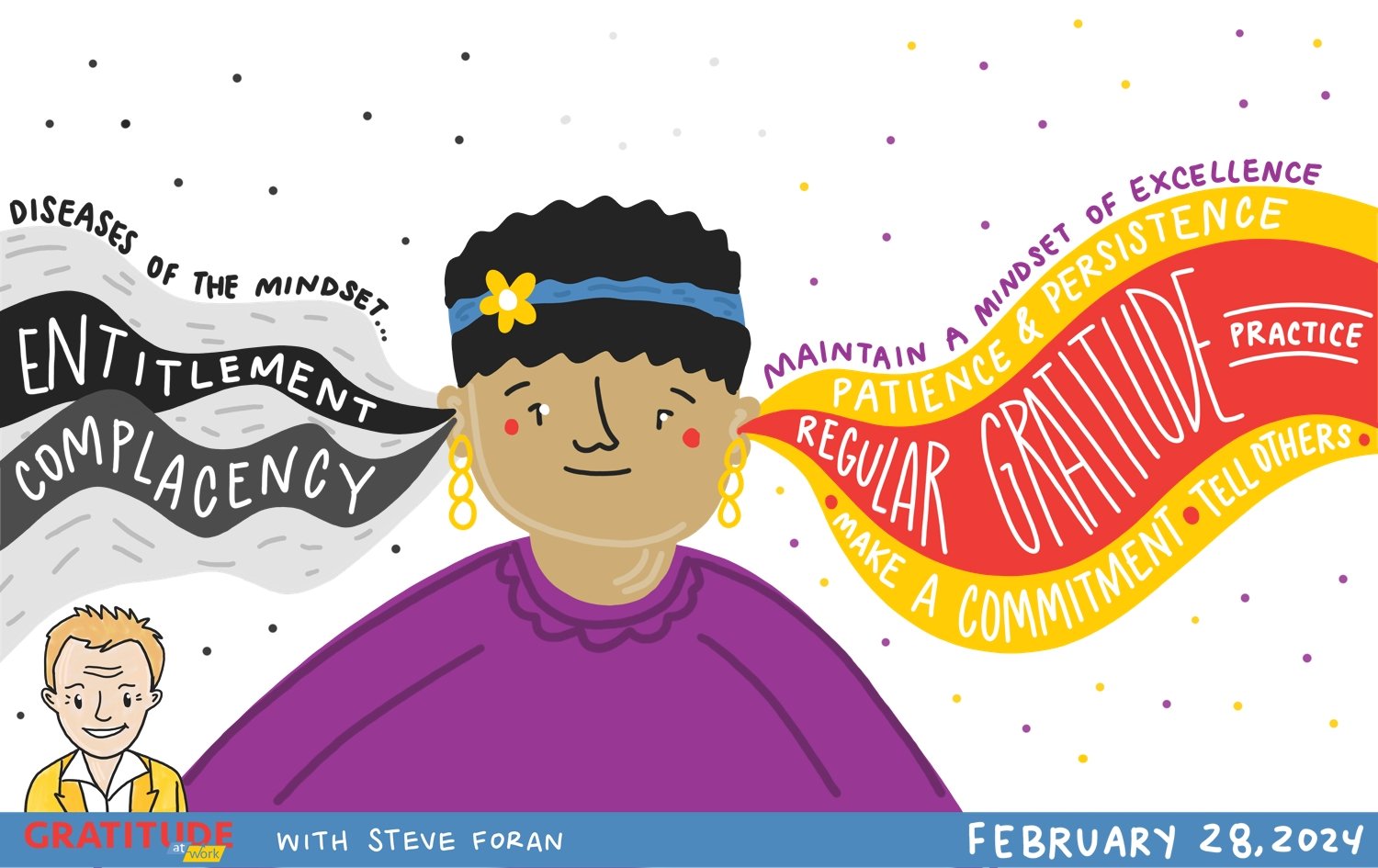
You know how complacency and entitlement can creep into a culture and spread like wildfire ? If the answer is yes for your company or your division or your department, it’s time to take a serious look in the mirror.
“Who, me ?"
Yes, you. But don’t worry, you’re not alone and you can do something about it.
As a leader, it is your job to set the tone and equip your people with the tools to deliver excellence, even in the face of unrelenting challenges and chaos. This is not easy work—which is irrelevant as it comes with the territory.
Rooting out complacency and entitlement is the role of leadership.
Complacency and entitlement are like diseases of the mindset. They are natural human tendencies that gradually displace a mindset of excellence as we adapt to our surroundings and our circumstances. For example, remember how happy you were after that last raise ? How long was it before you were looking for the next raise ?
We don’t want to judge or condemn people for being complacent or entitled because eventually, the natural human tendency is going to take-over—this is inevitable for most people. But we must do something about it though.
For you, your first responsibility is to maintain a mindset of excellence for yourself. The last thing you need is to experience complacency or entitlement.
Second, as a leader, it is your responsibility to ensure your people have the tools to develop and maintain a mindset of excellence. This is difficult because you can’t do the work for them and it is also frustrating when you provide tools and people don’t take advantage of the tools—but that’s leadership.
The Solution
Instituting a regular gratitude practice is the most effective solution I’ve found to build a mindset of excellence in the place of complacency or entitlement. Make no mistake, gratitude as a leadership skill and as a mindset calibrator, requires ongoing practice—a practice we like to call a Habitual Ritual. Lasting gratitude is not found in a one-time, flavour-of-the-month training session. It is developed through a consistent daily habit.
Here’s how you can start:
commit to gratitude as a value (for you, your company, your division, whatever aspect you can influence)
commit to a personal daily gratitude practice - and follow through
introduce gratitude to your people and invite them to consider gratitude as a personal practice for themselves. Don’t force gratitude on anyone nor judge those who don’t take you up on your invitation.
Be patient and persistent. Some people will take longer than others. Some people will need more encouragement and will do the gratitude hokey-pokey. You won’t win over everyone so don’t let that be your goal. You’ll notice some champions surface. Encourage and support your champions and they'll help the effort grow.
And if you want more ideas for rooting out complacency and entitlement, we got a Playbook for More Gratitude at Work. It outlines a strategy and a series of tactics, drawn from science and work with clients who have been shifting individual mindsets and ultimately the mindset and culture of their organizations.
Dig into the playbook here.
Get our Keeping Level blog delivered to your inbox as soon as it’s released every second Wednesday.







